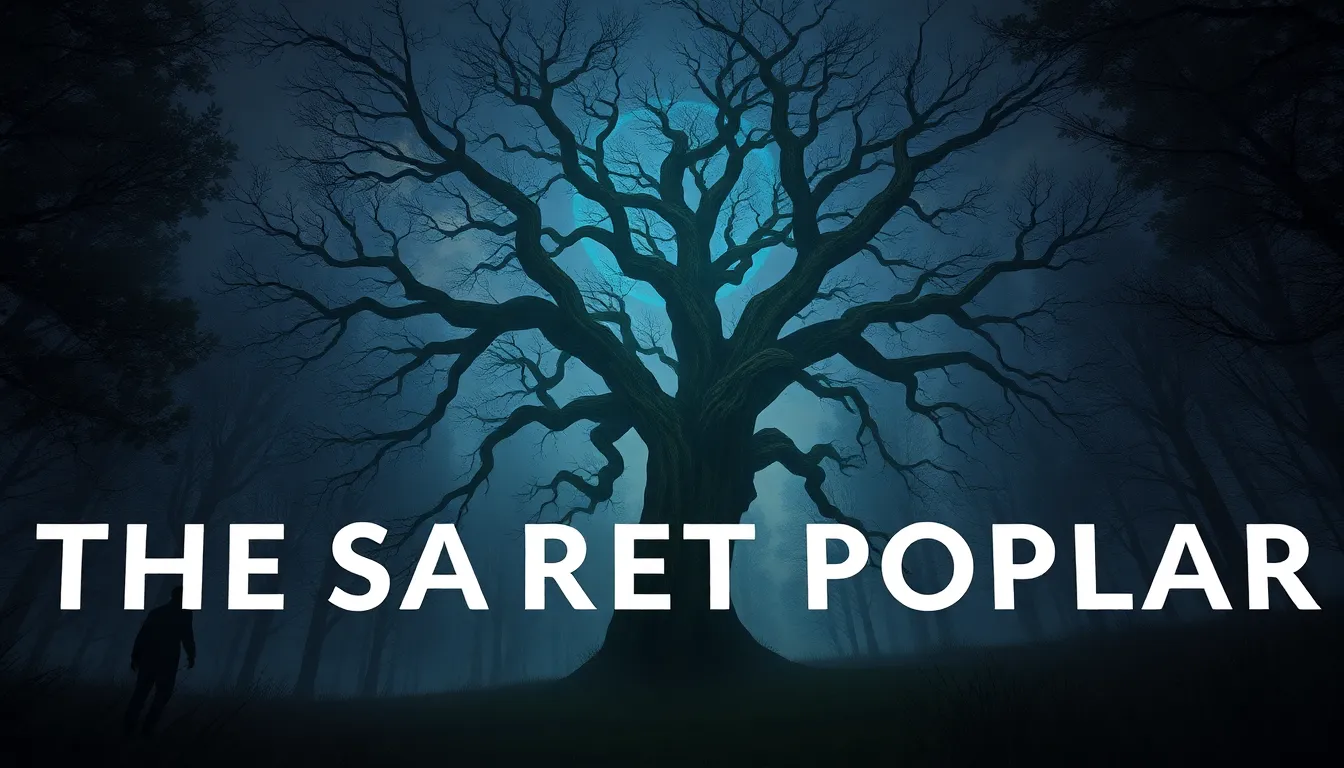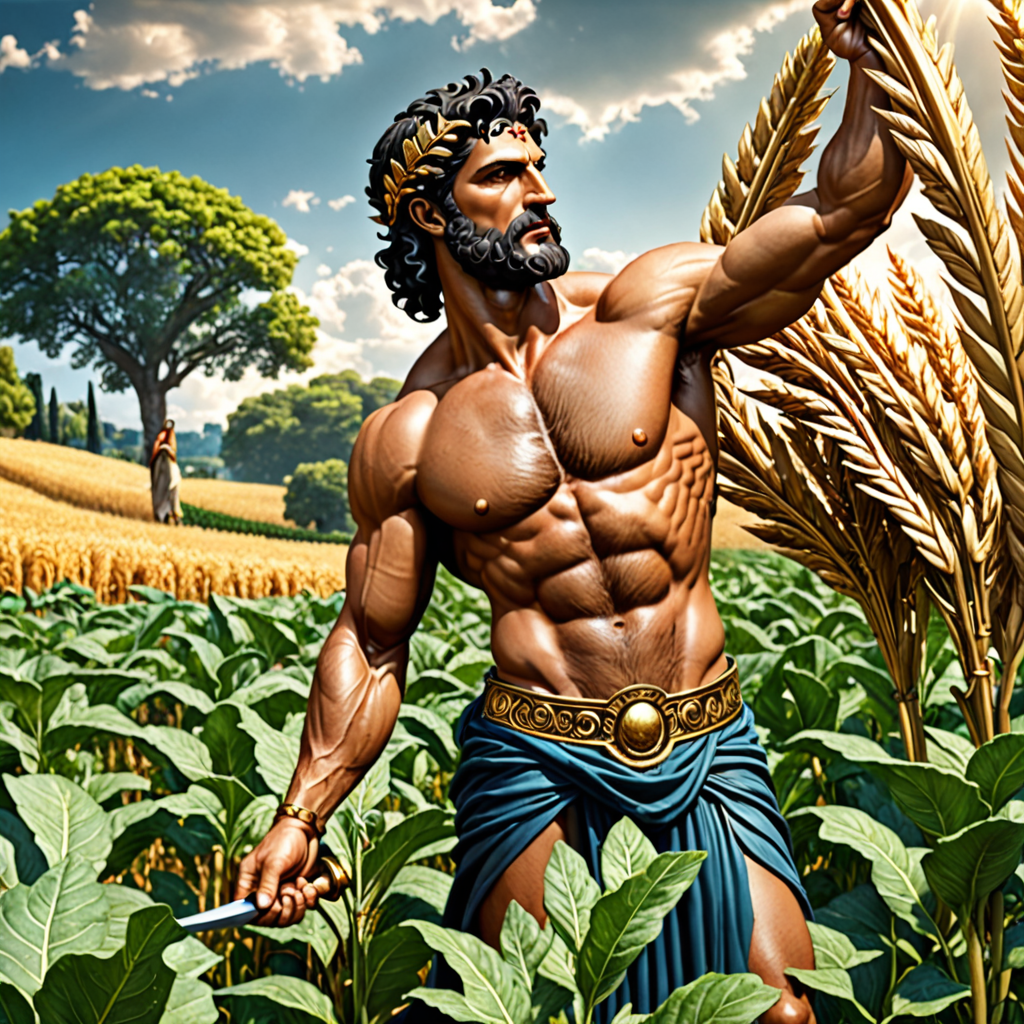The Symbolic Significance of Yggdrasil: A Bridge Between Myth and Reality
I. Introduction
Yggdrasil, the great ash tree of Norse mythology, stands as one of the most significant symbols in the ancient Norse belief system. Often referred to as the “World Tree,” Yggdrasil is not only a central feature of Norse cosmology but also a vital cultural symbol that has transcended time and geographical boundaries. This article aims to explore the profound symbolism of Yggdrasil, examining how it serves as a bridge between myth and reality, and how its significance resonates in both ancient and modern contexts.
II. Yggdrasil: The World Tree
A. Description of Yggdrasil and its characteristics
Yggdrasil is described as a massive, evergreen ash tree whose branches extend into the heavens and whose roots delve deep into the depths of the earth. The tree is often depicted as a living entity, vibrant and full of life. Its characteristics include:
- Immense Size: Yggdrasil is said to be so large that it connects all realms of existence.
- Evergreen Nature: The tree remains green and thriving, symbolizing eternal life and renewal.
- Cosmic Center: It serves as a central point linking various worlds within Norse cosmology.
B. The Nine Worlds interconnected by Yggdrasil
Yggdrasil connects nine worlds, each representing different aspects of existence. These realms include:
- Asgard: The realm of the gods.
- Midgard: The world of humans.
- Helheim: The realm of the dead.
- Jotunheim: The land of giants.
- Alfheim: The world of light elves.
- Svartalfheim: The world of dark elves or dwarves.
- Vanaheim: The realm of the Vanir gods.
- Niflheim: A world of ice and mist.
- Muspelheim: The realm of fire.
C. Role of Yggdrasil in Norse cosmology
In Norse cosmology, Yggdrasil is the axis mundi, the world axis that connects all realms and serves as a point of stability in a constantly changing universe. Its roots, branches, and trunk symbolize the interconnectedness of all life and the cyclical nature of existence.
III. Mythological Interpretations of Yggdrasil
A. Yggdrasil as a symbol of life and death
Yggdrasil embodies the duality of life and death, representing the eternal cycle in which life emerges, flourishes, and eventually returns to the earth. The tree’s roots reach into the realm of the dead, emphasizing the connection between the living and the deceased.
B. The significance of its branches and roots
The branches of Yggdrasil stretch into the heavens, while its roots delve into various realms, symbolizing the reach of life beyond physical boundaries. This duality reflects the idea that life is not just confined to the earthly realm but is part of a larger cosmic order.
C. Encounters with mythological beings (e.g., Norns, dragons)
Yggdrasil is home to various mythological beings, including:
- The Norns: Three sisters who control the fate of gods and men, weaving the destinies of all beings.
- Fafnir: A dragon that resides beneath the roots of Yggdrasil, symbolizing greed and destruction.
These encounters highlight the tree’s role as a meeting point for different forces in the universe.
IV. Yggdrasil in Modern Culture
A. Representation in literature and art
Yggdrasil continues to captivate the imagination of artists and writers. It appears in various literary works, from fantasy novels to poetry, often symbolizing growth, connection, and the complexity of existence.
B. Influence on contemporary media (films, video games, etc.)
In contemporary media, Yggdrasil has inspired countless adaptations, including:
- Films such as “Thor” and “The Avengers,” where it symbolizes the connection between realms.
- Video games like “God of War” and “Assassin’s Creed,” where players encounter the World Tree as a central element.
C. Yggdrasil as a symbol of connection and unity
In modern interpretations, Yggdrasil often represents unity and interconnectedness, reminding us of our shared experiences and the importance of community in a fragmented world.
V. The Psychological Symbolism of Yggdrasil
A. Yggdrasil as a representation of the human experience
Psychologically, Yggdrasil can be seen as a metaphor for the human journey. Its roots, trunk, and branches symbolize the various stages of life—from our origins to our aspirations.
B. Archetypal interpretations and Jungian analysis
From a Jungian perspective, Yggdrasil can be viewed as an archetype representing the Self, encompassing all aspects of the psyche. The tree’s structure reflects the journey toward individuation, where one integrates different parts of the self.
C. The tree as a metaphor for growth and change
Yggdrasil serves as a powerful metaphor for personal growth and transformation. Just as the tree grows through cycles of renewal, individuals can evolve through their experiences, learning and adapting along the way.
VI. Yggdrasil in Environmental and Ecological Contexts
A. Symbol of nature’s interconnectedness
Yggdrasil symbolizes the interconnectedness of all living things, mirroring the delicate balance of ecosystems. It serves as a reminder of the importance of preserving the natural world.
B. Lessons from Yggdrasil for modern environmentalism
The teachings of Yggdrasil can inspire modern environmental movements, emphasizing the need for sustainability, respect for nature, and the understanding that all life is interconnected.
C. Cultural significance of trees and nature in various societies
Throughout various cultures, trees often hold significant symbolic value. Yggdrasil reflects a universal reverence for nature, reminding us of the wisdom found in ancient beliefs about the environment.
VII. Bridging Myth and Reality: Yggdrasil’s Relevance Today
A. The enduring legacy of Yggdrasil in contemporary thought
Yggdrasil’s legacy endures in modern thought, inspiring discussions about existence, spirituality, and the human condition. Its symbolism resonates across cultures and generations.
B. How Yggdrasil inspires philosophical and spiritual reflections
Many find solace and inspiration in Yggdrasil’s teachings, using the tree as a focal point for philosophical inquiries into life, death, and the nature of reality.
C. The role of mythology in understanding our place in the world
Mythology, particularly the story of Yggdrasil, provides a framework for understanding our place in the universe. It invites us to explore our connections with others and the natural world.
VIII. Conclusion
Yggdrasil stands as a powerful symbol of life, death, and interconnectedness across cultures and time. Its significance transcends mere mythology, offering insights into the human experience and our relationship with nature. As we delve into the lessons of Yggdrasil, we are reminded of the importance of embracing our shared existence, fostering unity, and nurturing the environment that sustains us. In a world often marked by division, the teachings of Yggdrasil encourage us to connect, grow, and reflect on the deeper meanings of our lives.



